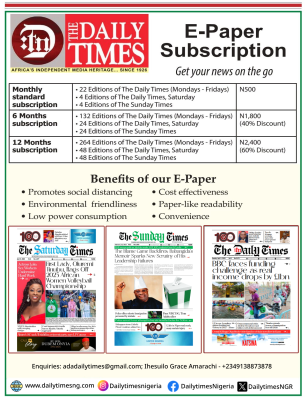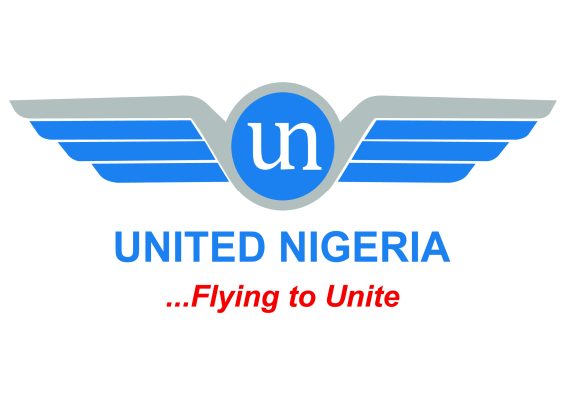SBM: Average cost of cooking a pot of Jollof Rice hits N27,527 — Up by 153% in two years

The average cost of cooking a pot of jollof rice in Nigeria has surged to N27,527.85 — a 153 percent increase between March 2023 and June 2025.
This was revealed in a new report released by SBM Intelligence on Wednesday.
“From late 2023 through mid-2025, the Index recorded a dramatic surge, with the national average cost of preparing a pot of jollof rice rising by 153 percent between March 2023 and June 2025, reaching N27,527.85,” the report stated.
SBM said the sharp increase affected all major ingredients used in cooking the meal, including rice, protein, pepper, onions, and vegetable oil.
The report, titled ‘The SBM Jollof Index Q2 2025: The Crushing Cost of a Pot,’ also noted that food inflation now appears to be moving separately from Nigeria’s general inflation trends—an indication of deeper dysfunction in the food supply chain.
Across regions, Abuja recorded the sharpest jump. In the capital city, the cost of cooking a pot of jollof rice rose from N4,095 in 2016 to N32,125 by June 2025.
“This surge, mirroring broader economic trends, saw the sharpest rises post-2021, with prices doubling between 2021 and 2023,” the report noted.
“This period aligns with substantial inflationary pressures across Nigeria and, specifically, Abuja.
“In July 2016, Nigeria’s annual inflation hit 17.1 percent, an eleven-year high. By April 2025, Abuja recorded a notable all-items inflation rate of 32.9 percent year-on-year.”
THE JOLLOF PAIN: HOW A POT OF RICE IS BURNING NIGERIAN WALLETS
In Bauchi, the cost of jollof rice increased from N5,700 in 2019 to N41,050 in 2024.
SBM said, “This dramatic price escalation, particularly pronounced from 2022 onwards, reflects severe cost pressures in the northern region, exacerbated by logistics and insecurity challenges.”
It also noted that Bauchi’s inflation remained consistently high, with a month-on-month rate of 4.85 percent in May 2025, compared to the national rate of 22.97 percent.
In Kano, the index rose from just under ₦5,000 in 2016 to nearly N29,300 by May 2025. While prices increased significantly, the report noted that recent climate events had a minimal impact on agricultural output and food prices in the state.
In the Southeast, prices in Awka and Onitsha rose from N4,120 in 2016 to N21,588 in June 2024, before dropping slightly to ₦20,500 in June 2025.
SBM stated that while growth in the region was steady, major spikes were recorded in 2021 and 2023.
In the South-South, particularly in Calabar and Port Harcourt, the cost rose from ₦5,610 in 2019 to ₦32,633 in 2024.
“Calabar and Port Harcourt have been major contributors to this inflationary pressure, particularly since 2021. The region’s high reliance on port access and inter-regional trade likely amplified volatility and price acceleration,” the report said.
Lagos, Nigeria’s commercial capital, was not spared. At Balogun Market, the average cost of cooking a pot of jollof rice hit ₦23,591 in June 2025 — the highest in the Southwest.
Meanwhile, data from the National Bureau of Statistics (NBS) showed that Nigeria’s headline inflation slightly declined from 22.97 percent in May 2025 to 22.22 percent in June 2025.
Food inflation also dropped year-on-year from 40.87 percent in June 2024 to 21.97 percent in June 2025.
SBM Intelligence called for urgent and coordinated action to address the rising cost of food, urging government and stakeholders to pursue long-term structural solutions.
“Addressing this complex challenge requires a multi-faceted approach involving policymakers, businesses, and other stakeholders,” the report stated.
“Policymakers in Nigeria must prioritise security, invest in rural infrastructure, and implement targeted agricultural support, alongside pursuing macroeconomic stability to control inflation and stabilise the Naira.”








